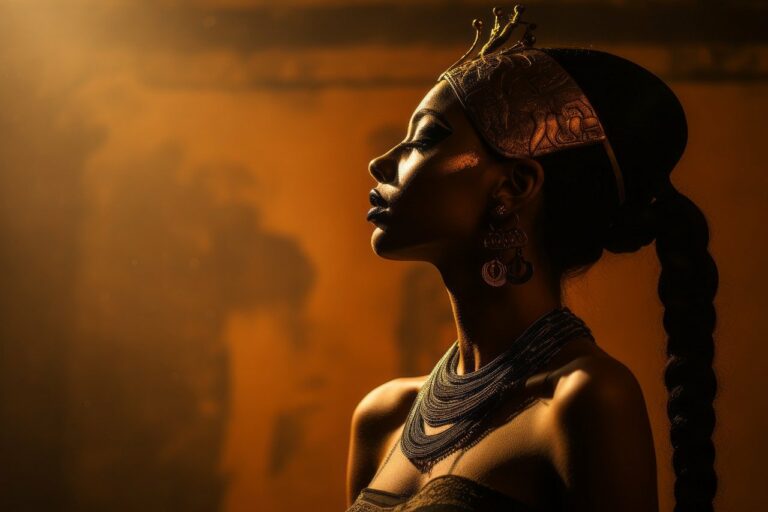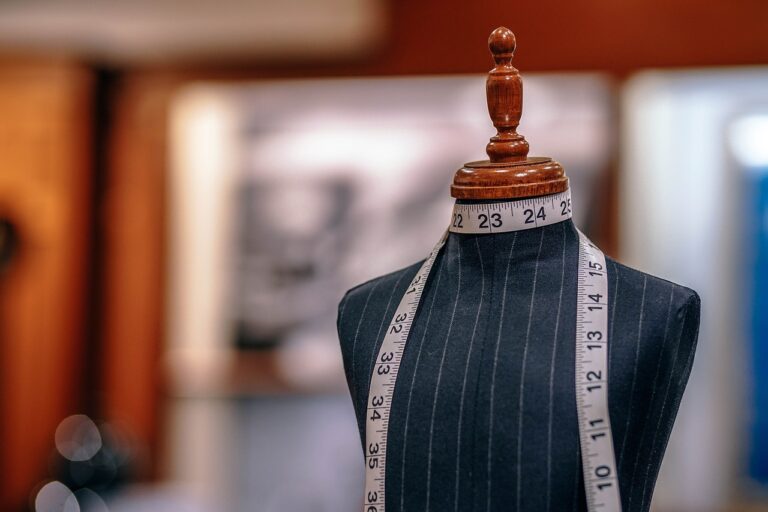The Psychology of Color in Fashion Design and Marketing
Color theory is the study of how colors interact with each other and how they can evoke certain emotions or reactions. The color wheel is a fundamental tool in color theory, showcasing the relationships between primary, secondary, and tertiary colors. Understanding color harmonies, such as complementary, analogous, and triadic colors, is essential in creating visually appealing designs and artworks.
The Impact of Color on Consumer Behavior
When it comes to consumer behavior, the impact of color should not be underestimated. Various studies have shown that colors have the power to affect people’s emotions, perceptions, and ultimately their purchasing decisions. For instance, warm colors like red and yellow are often associated with feelings of excitement and can create a sense of urgency, making customers more likely to make impulse buys.
On the other hand, cool colors such as blue and green are often linked to feelings of calmness and trustworthiness. These colors are commonly used by brands to convey reliability and professionalism. Understanding the psychology behind different colors is crucial for businesses looking to create a strong brand identity and effectively communicate with their target audience. By strategically choosing the right colors for your brand, you can evoke specific emotions and influence consumer behavior in a subtle yet powerful way.
Warm colors like red and yellow can create a sense of excitement and urgency
Cool colors such as blue and green are associated with calmness and trustworthiness
Colors play a crucial role in conveying brand identity and communicating with target audience
Strategic color choices can evoke specific emotions and influence consumer behavior
Choosing the Right Colors for Your Brand
When it comes to choosing the right colors for your brand, it is essential to consider the emotions and values you want to convey. Colors play a significant role in shaping the perception of your brand and influencing consumer behavior. Selecting the appropriate color palette can help create a strong visual identity that resonates with your target audience.
Furthermore, it is crucial to understand the psychological impact of different colors on consumers. For example, warm colors like red and orange often evoke feelings of energy and excitement, while cool colors such as blue and green can convey a sense of calm and trustworthiness. By incorporating these insights into your branding strategy, you can effectively communicate your brand’s personality and values through the power of color.
How can color theory help in choosing the right colors for my brand?
Color theory can help you understand the psychological impact different colors have on people, allowing you to choose colors that convey the right message and evoke the desired emotions for your brand.
What role does color play in consumer behavior?
Color can influence how consumers perceive your brand, products, and services. It can evoke emotions, create brand recognition, and even influence purchasing decisions.
How can I determine which colors are right for my brand?
Consider your brand’s personality, target audience, industry trends, and the emotions you want to evoke. Conduct market research and A/B testing to see which colors resonate best with your target market.
Should I follow color trends or choose timeless colors for my brand?
It depends on your brand’s identity and target audience. While trendy colors can make your brand appear current and fresh, timeless colors can help establish a strong, enduring brand identity.
Can I use multiple colors for my brand, or should I stick to just one?
You can use multiple colors, but make sure they complement each other and align with your brand’s message. Too many colors can confuse consumers and dilute your brand’s identity.







